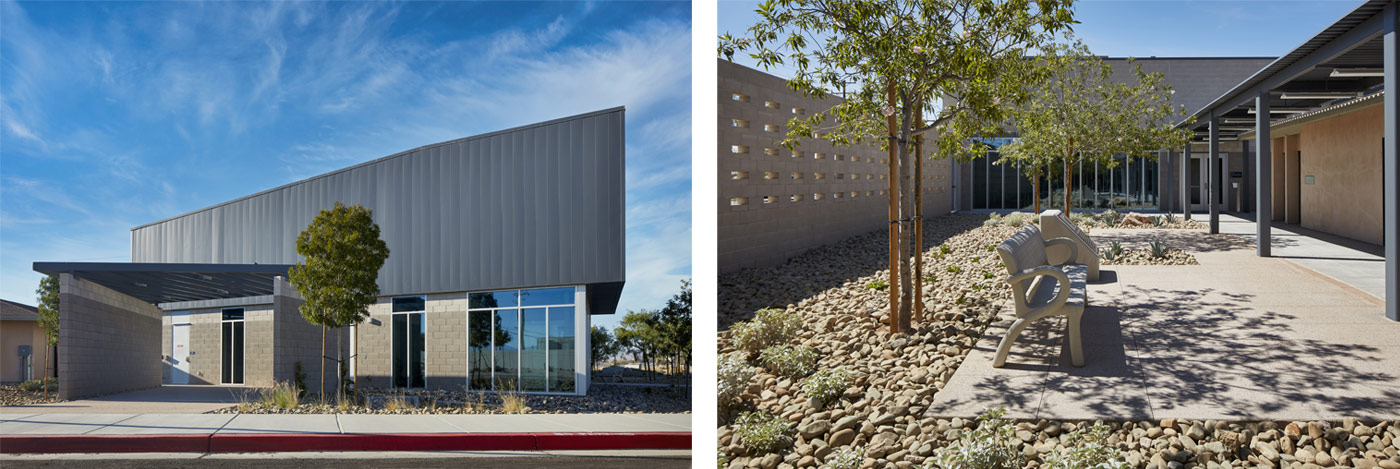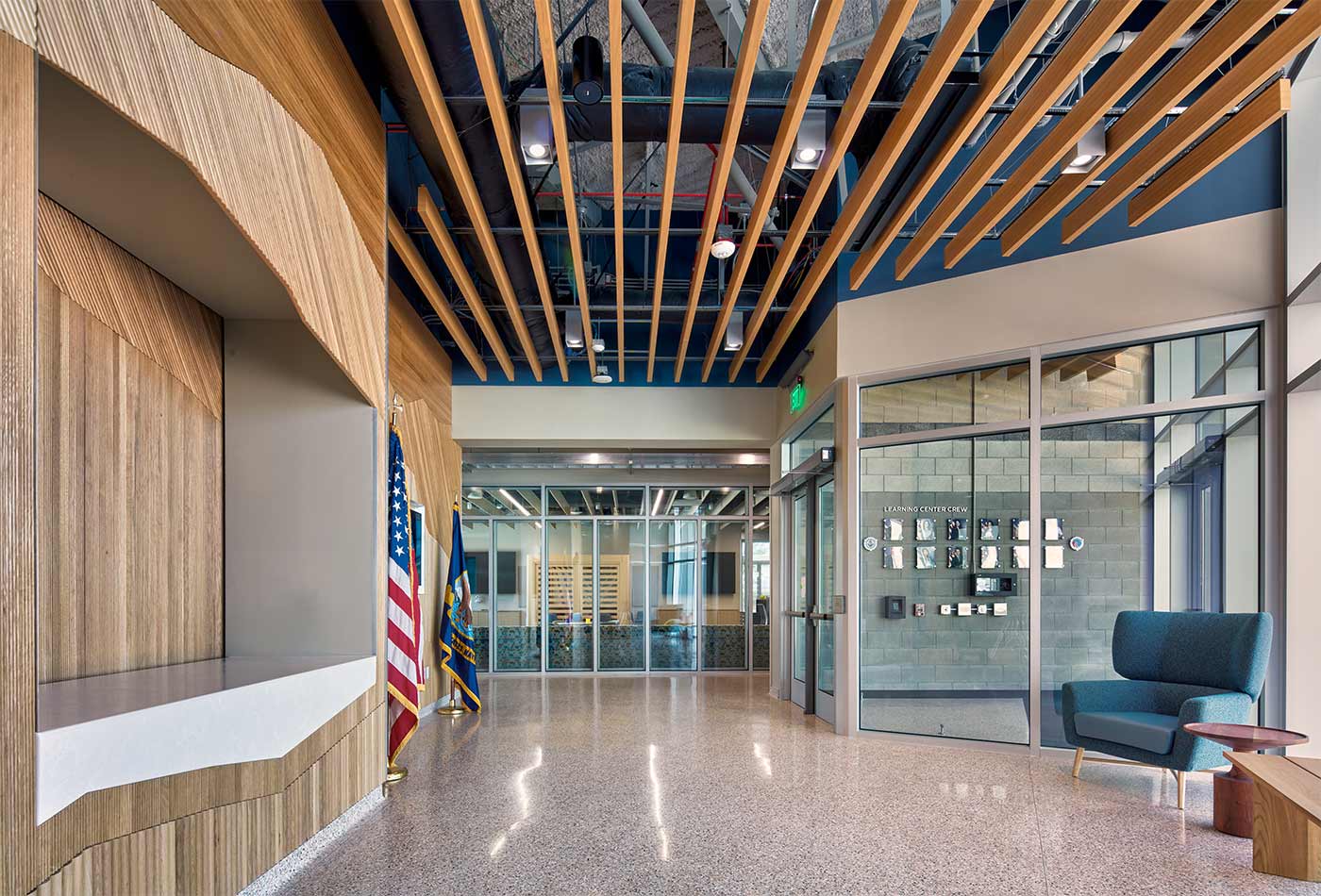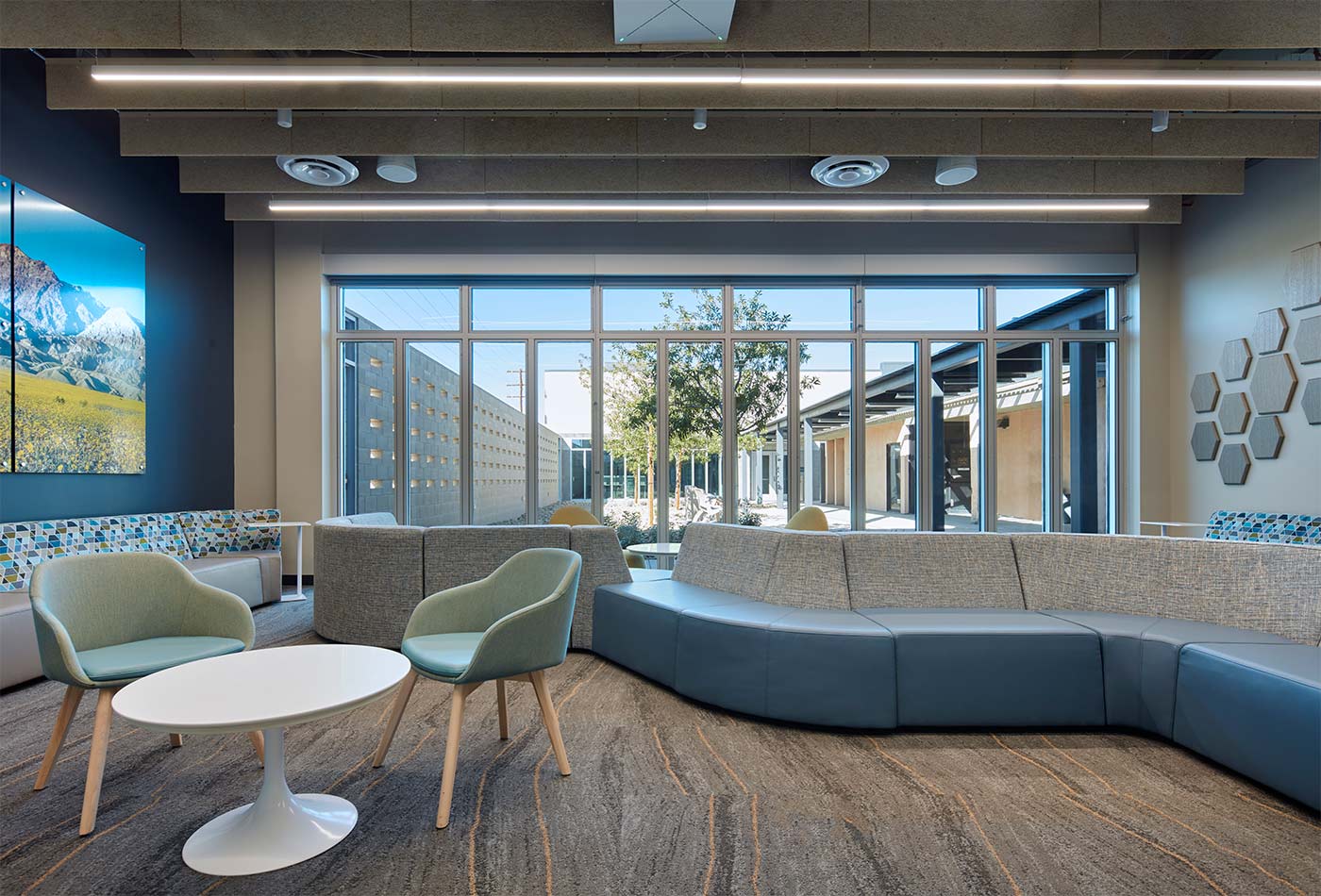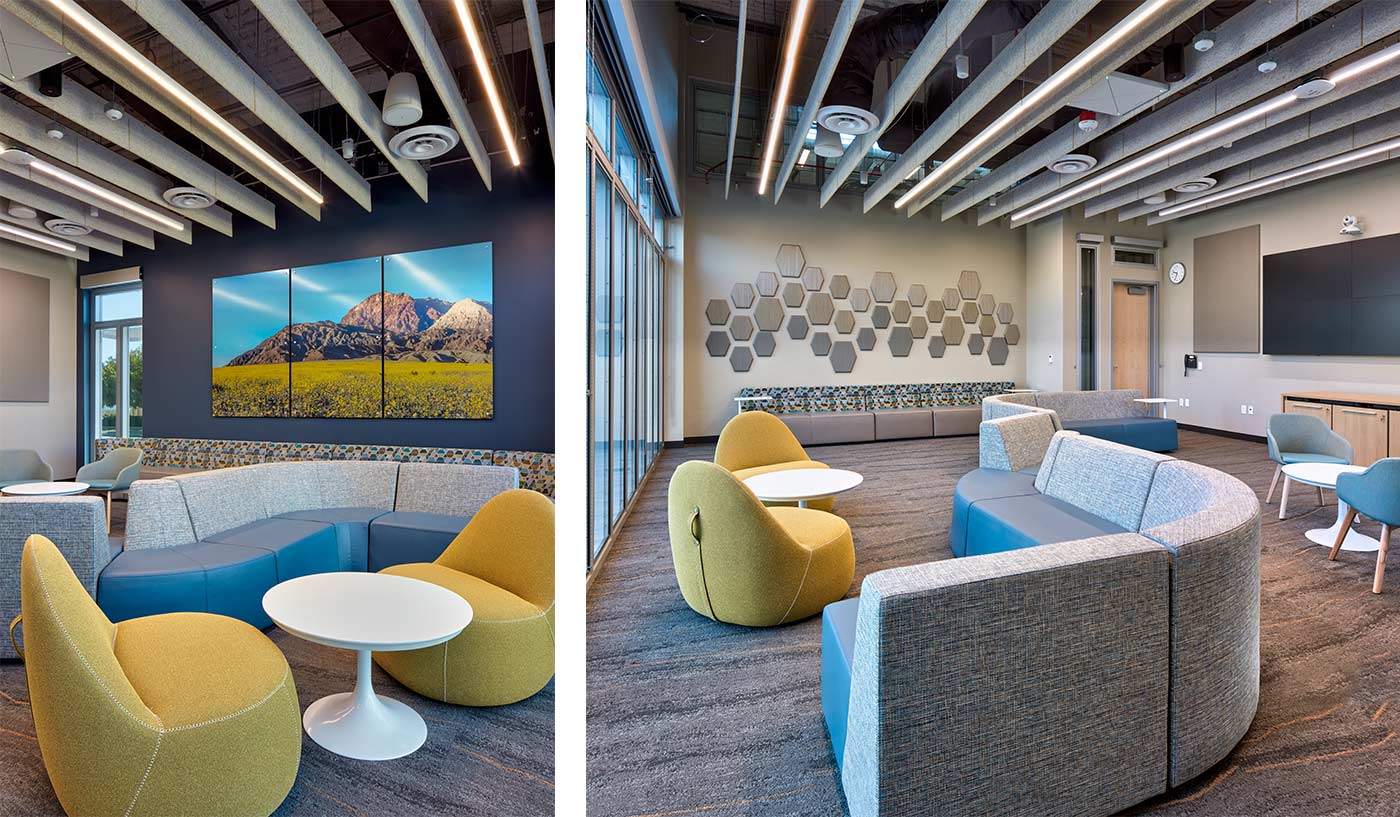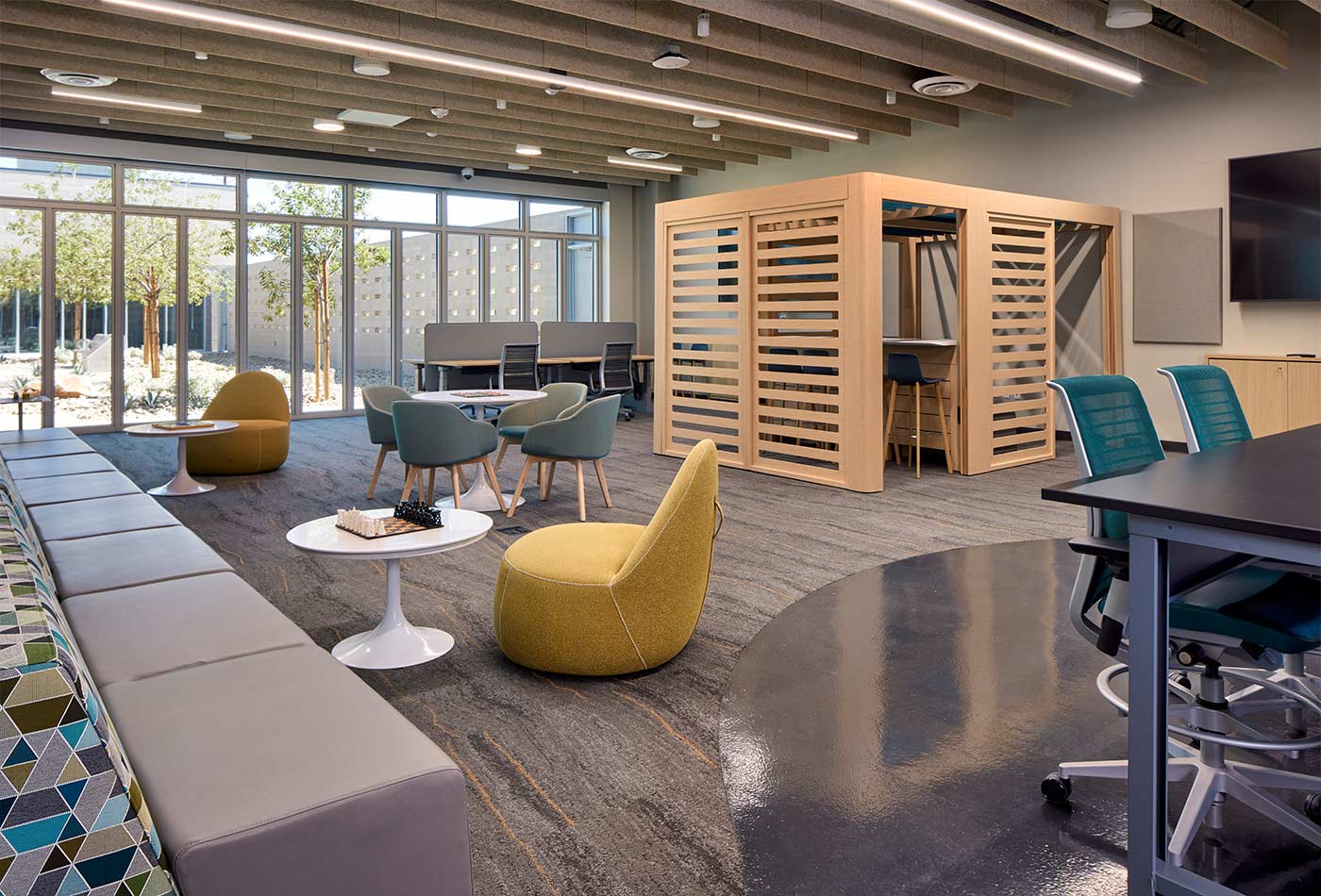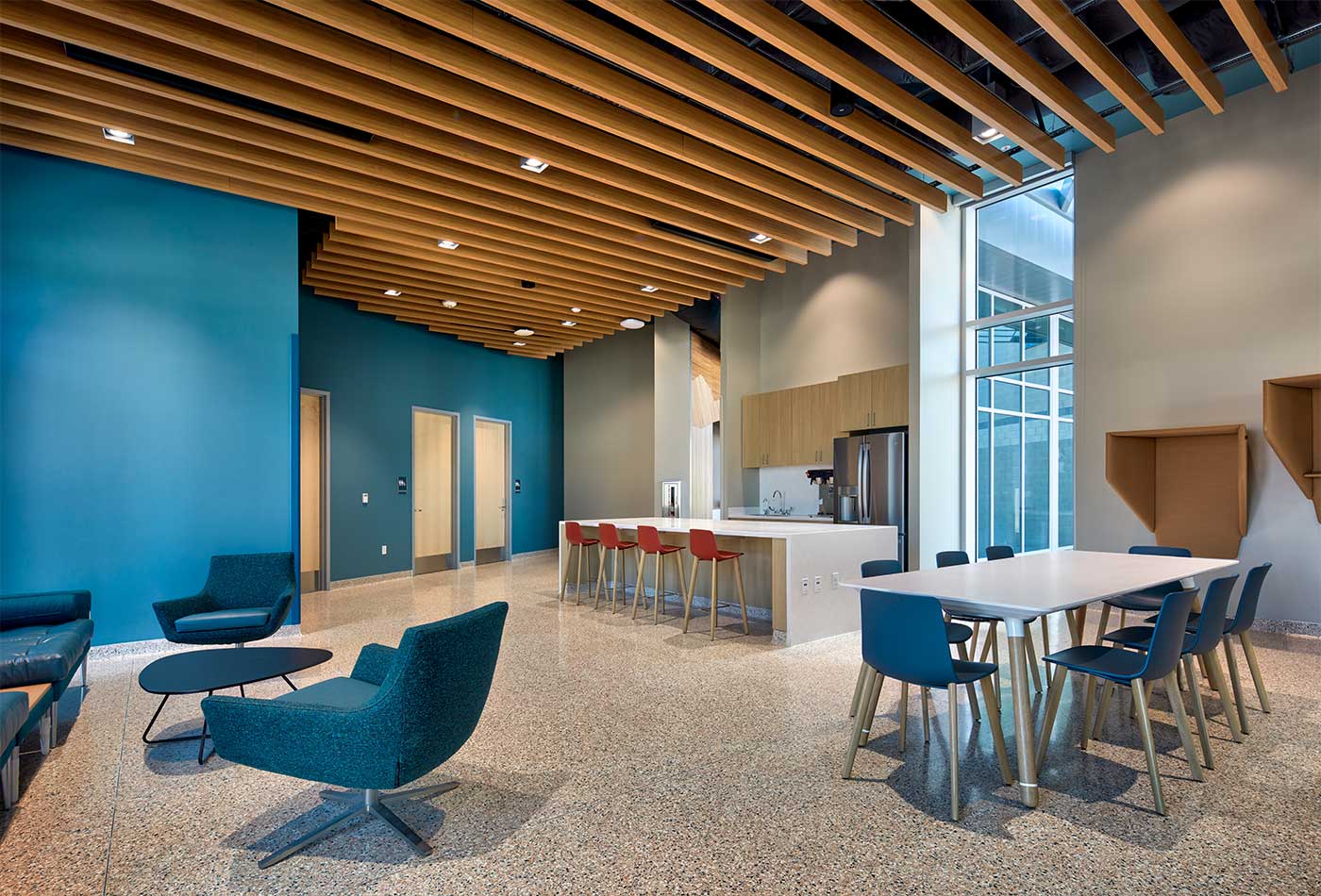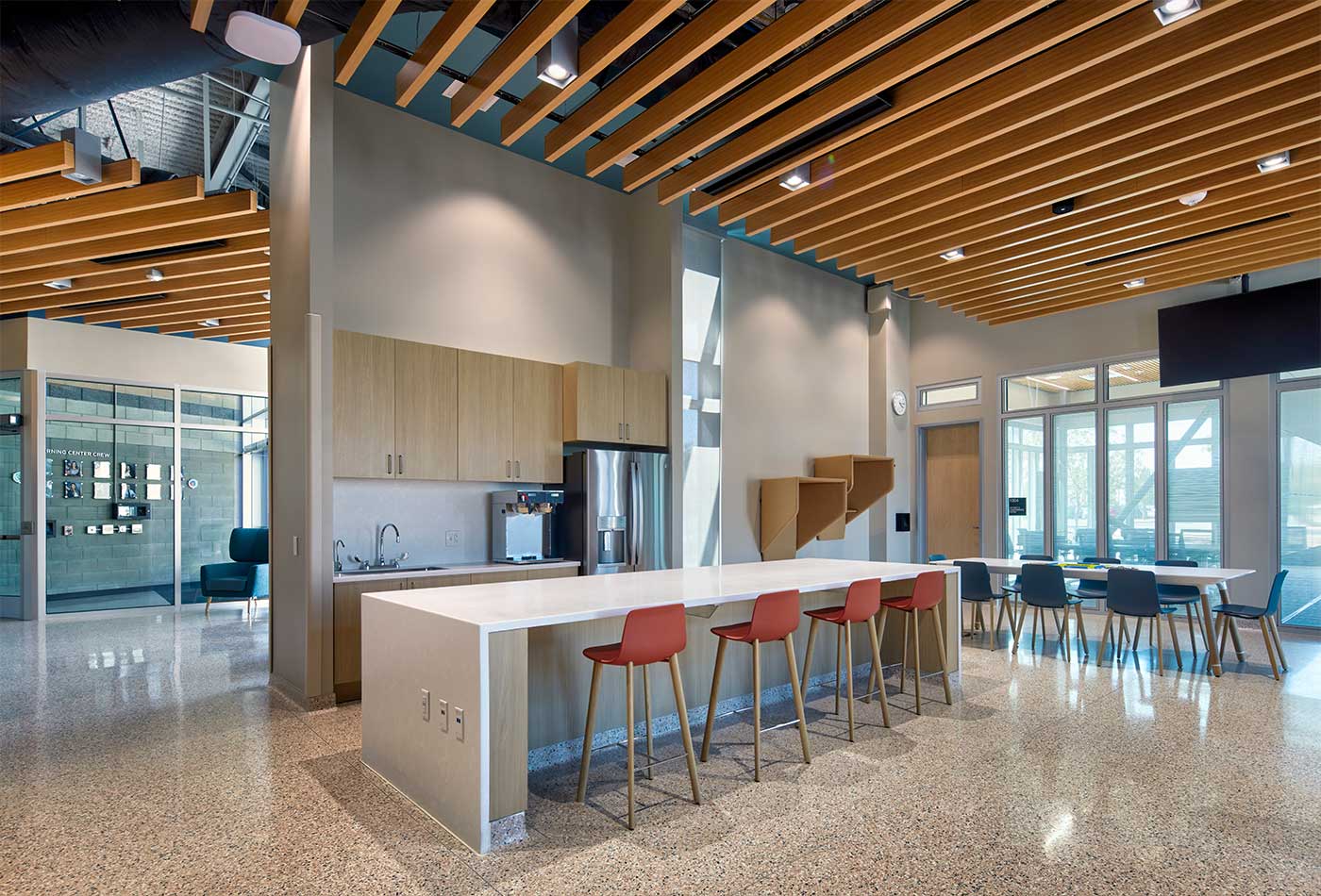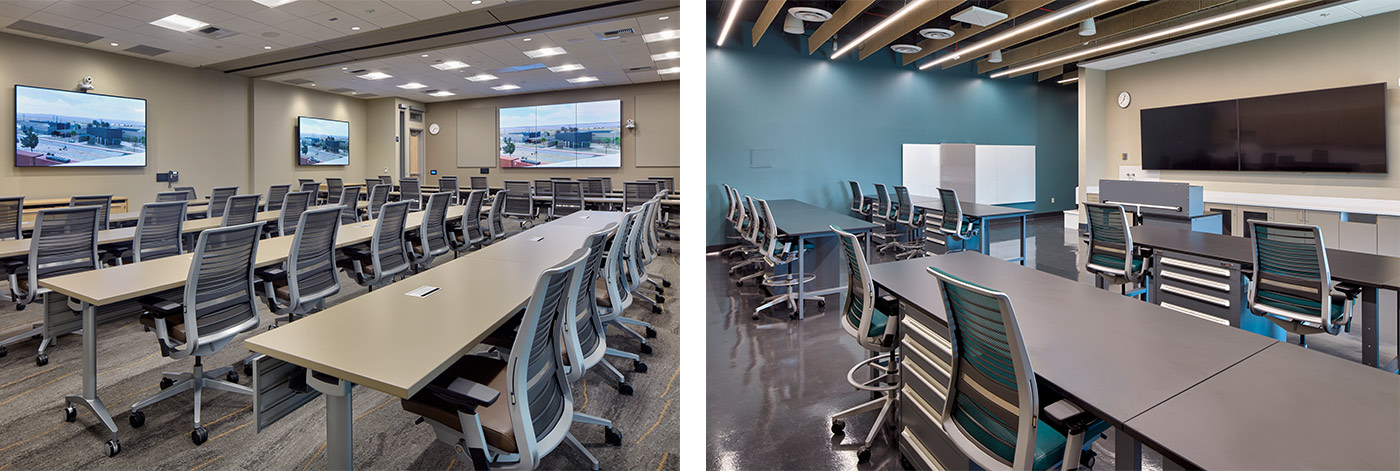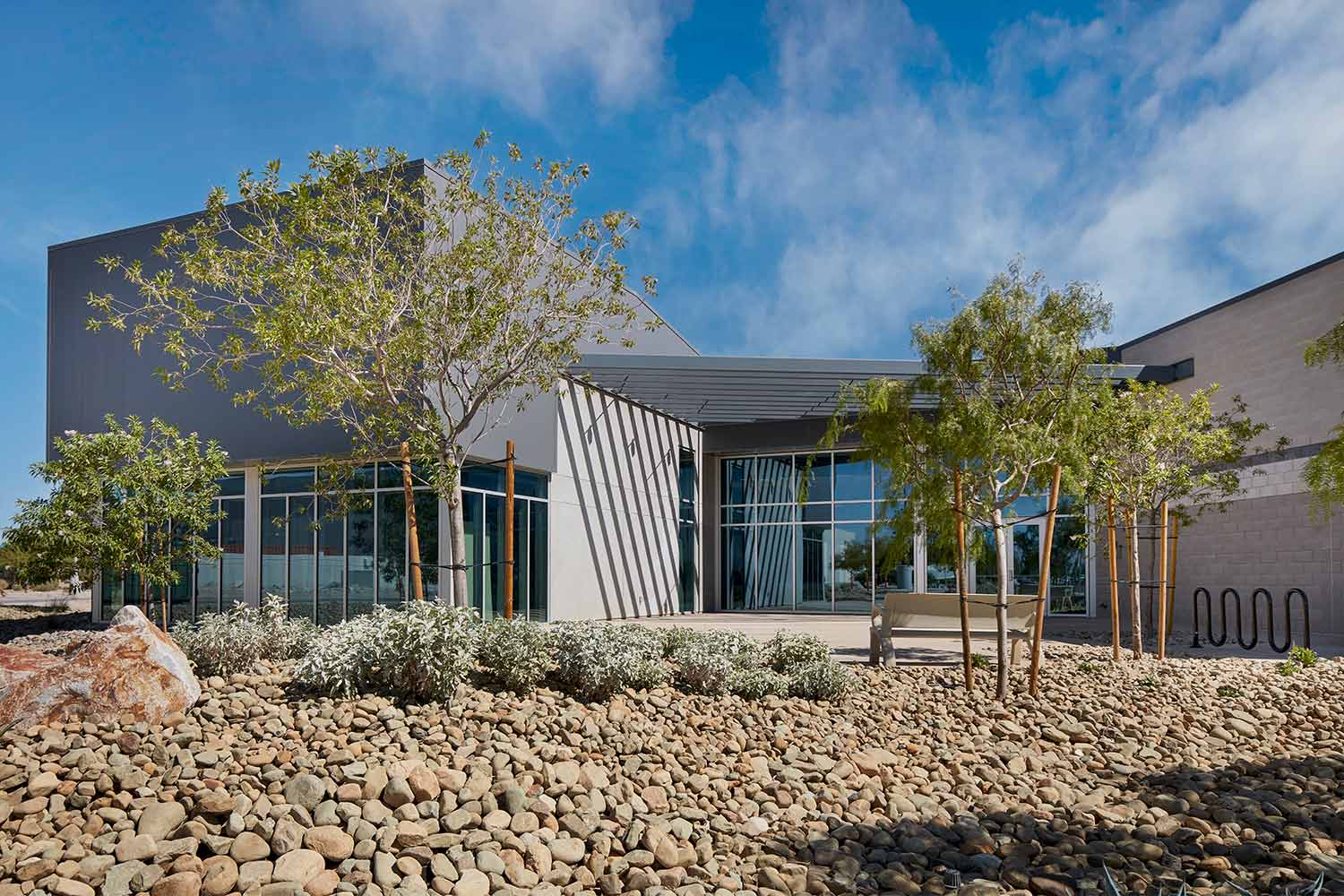
Accelerated Redesign Readies Naval Infrastructure
US Department of Defense (DOD)
Naval Air Weapons Station (NAWS) China Lake
China Lake, CA
Naval Air Weapons Station (NAWS) China Lake in Southern California offers active duty, reservists, retired personnel, Department of Defense (DoD) employees, dependents, and family community services that promote and enhance their physical and mental well-being and spiritual enrichment. Two earthquakes in July 2019 rendered several facilities incapable of supporting the Navy’s operations and were deemed unsafe for use. One of the quakes, a 7.1 magnitude tremor, was the largest in the region in 20 years and was felt from Sacramento to Mexico, prompting an evacuation of the base. NAWS China Lake is roughly 1.1 million square miles, making it the largest piece of Navy-owned land in the United States – and, according to Navy estimates – suffered approximately $2 billion of damage to its critical military and weapons testing infrastructure.
The Jacobs-EwingCole JV was retained to master plan and assist with the design/build of several facilities on the base that needed to be torn down, rebuilt, renovated, and repaired. There were several Morale, Welfare, and Recreation (MWR) Facilities in addition to an Academic Training Facility that needed to be replaced, and JV Partner EwingCole’s unique capabilities in these building types enabled a rapid response as part of this recovery. EwingCole developed the DD1391 Planning documents and subsequent design-build RFP, providing architecture, structural, mechanical, plumbing, electrical, fire protection engineering, and interior design support to roughly 148,000 SF of facilities on the base. Because of the base’s significance to military readiness and technological development, the team developed an accelerated schedule without sacrificing the U.S. Navy’s performance specifications.
The Academic Training Facility provides learning events for over 6,000 employees and 250 military personnel with cutting-edge learning requirements from the latest energetics/ ballistics to the most novel of software and network capabilities. It also provides training to over 300 recent science and engineering graduates through a five-year professional developmental program with over 300 hours of classroom training. The goal of the new facility is to provide flexible space for classrooms and conference rooms, to promote innovation, and to provide a center for onboarding and a community of practice (CoP) building. The building provides for the basic requirements to educate using the latest technology in a world-class facility and creates a collaborative environment with a culture of learning that appeals to recruits.
